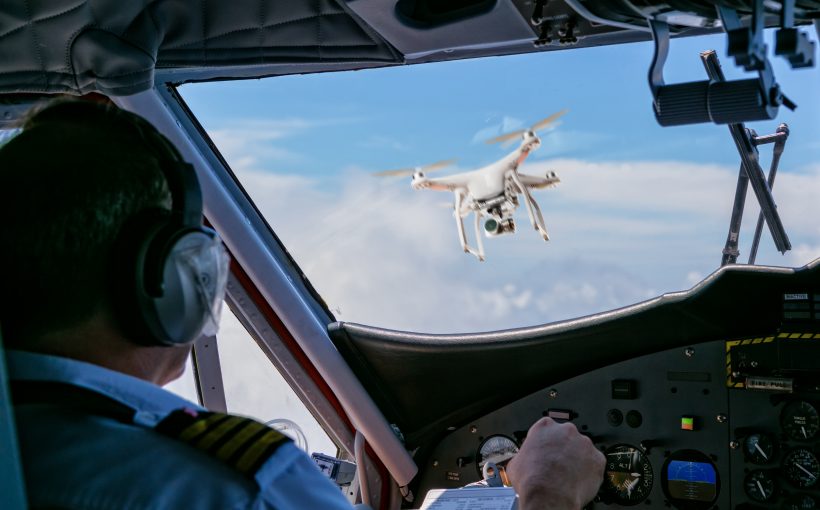Integrating drone operations into standard civil airspace presents a number of challenges for this new class of operators. Civil aircraft regulations are written with the objective of the protection of an aircraft’s occupants. Third party risk management is usually the remit of a different government department and solved by planning regulations in the vicinity of airports. Light general aviation private flights tend to be kept away from population centres or told to fly at a height to glide clear. A responsible operator obviously wants to satisfy the regulatory criteria to be allowed to fly legally but must also be aware that the standard of risk management expected by the judicial authorities might be significantly higher. It is good corporate governance to take the highest applicable standard as your baseline.
A member of the public would not expect drone operations to contribute any significant risk exposure in their daily lives. This gives a totally different expectation of risk exposure from a member of cabin crew who is in paid employment with associated aircraft occupancy risk. (Cabin crew fly more flights than pilots so tend to be the critical employee consideration.) A passenger pays for the ticket and accepts some level of risk for the benefit of being transported from one place to another in a relatively short time. The passenger tends to fly significantly less than cabin crew so the lower risk tolerance is balanced by fewer exposures through flights. There are some business flights were the risk is relatively high but it is still lower than other forms of transport. Offshore helicopter operations are the usual example.
Whilst this considers average risk, there should also be consideration given to a peak risk operation. For example, an out of control drone filming a concert or sports event might be a high probability of collision with a member of the public and fatal consequences. Filming countryside scenes in remote areas would have a significantly lower probability of striking a bystander. For higher altitude operations, obviously the potential for a large drone to collide with a commercial aircraft has to be considered.
Each operator will have to decide on the type of risk assessment to perform. Qualitative or quantitative? Comparison of the risk or calculation of an absolute value? As the perceived risk increases so the expected risk criteria chosen will get more complex. A simple risk matrix might satisfy the aviation regulator but it will not satisfy the prosecution in the event of a fatality.
The principles of risk management that need to be considered will generally involve risk limitation, risk optimisation, risk justification and risk monitoring. The limitation of risk, at or below the target level of safety, is an obvious requirement. The operation would be too dangerous to carry out if it exceeded the target level of safety.
The optimisation of risk requires the identification of risk reduction measures (reduction in probability/frequency of the event occurring and/or the reduction of its consequences); the estimation of cost and risk reduction benefit; the evaluation of the technical likelihood of success of the strategy; and the timescales that any new idea might take to introduce. The cost-benefit analysis raises the question of how much money to spend to save a life. This varies around the world and brings into question the integration of safety management systems across national boundaries.
The justification of risk can be satisfied through having a safety management system and documenting the risk assessment. The justification argument, sometimes called a safety case, presents the rationale as to why the operation was safe to conduct. This has to be done prior to flight.
The monitoring of risk requires both individual action by the operator as well as group action by the industry. The operator has the responsibility to learn from their own safety events as well as from those occurring worldwide. How will a fault with a particular design or a manufacturing batch be communicated? How will you investigate your own events? Which industry body will you join that gathers up worldwide data, processes it and publishes lessons to be learnt? Have you scheduled a date in your diary to read the lessons and can you demonstrate that you have read the document? Which date do you schedule your regular internal safety meetings and present these findings with subsequent changes minuted?
The management of operational risk is vital for the protection of the public; maintenance of public confidence in the industry as well as criminal protection of the operator. It will be interesting times ahead to see how industry responds.
David Gleave is currently the chairman of the airport working group of the International Society of Air Safety Investigators and a member of the ATC working group of this global professional body representing aviation safety investigators.




